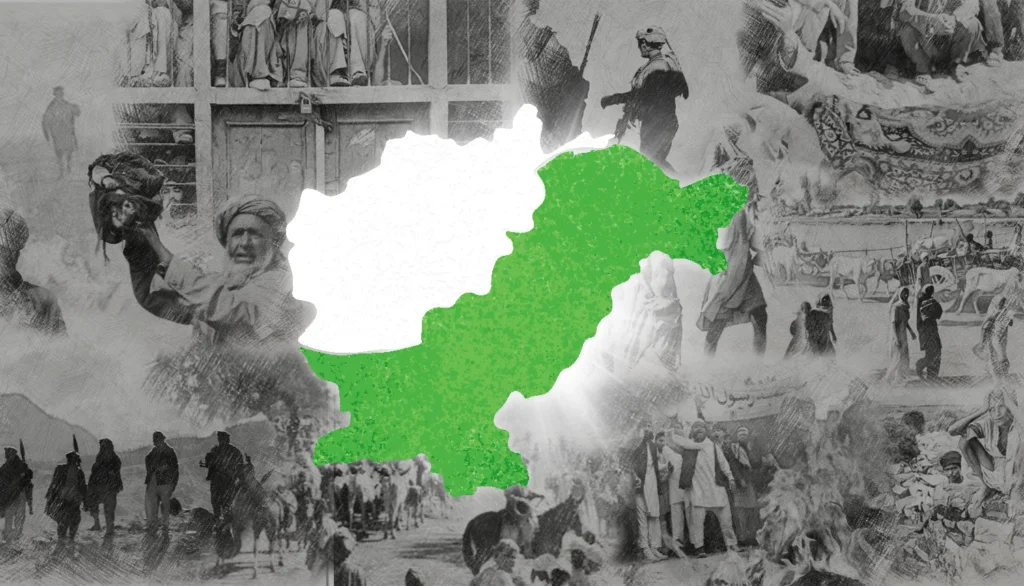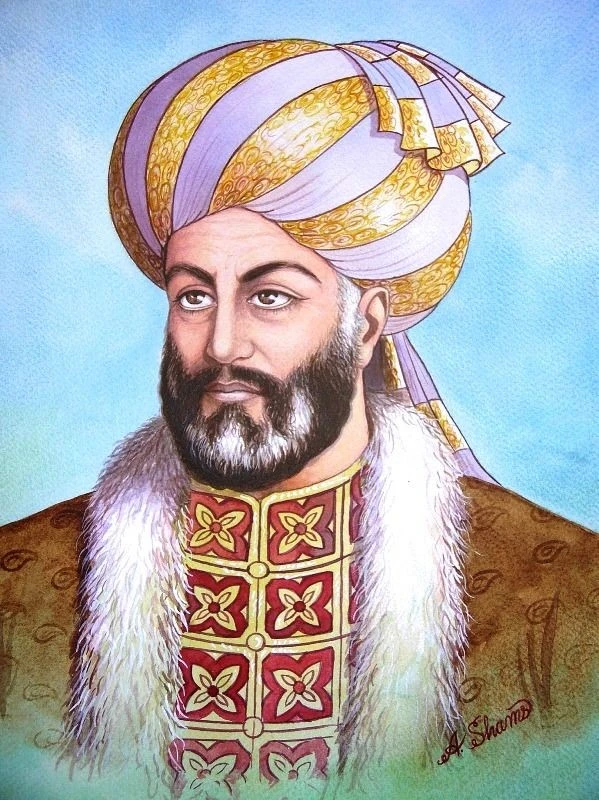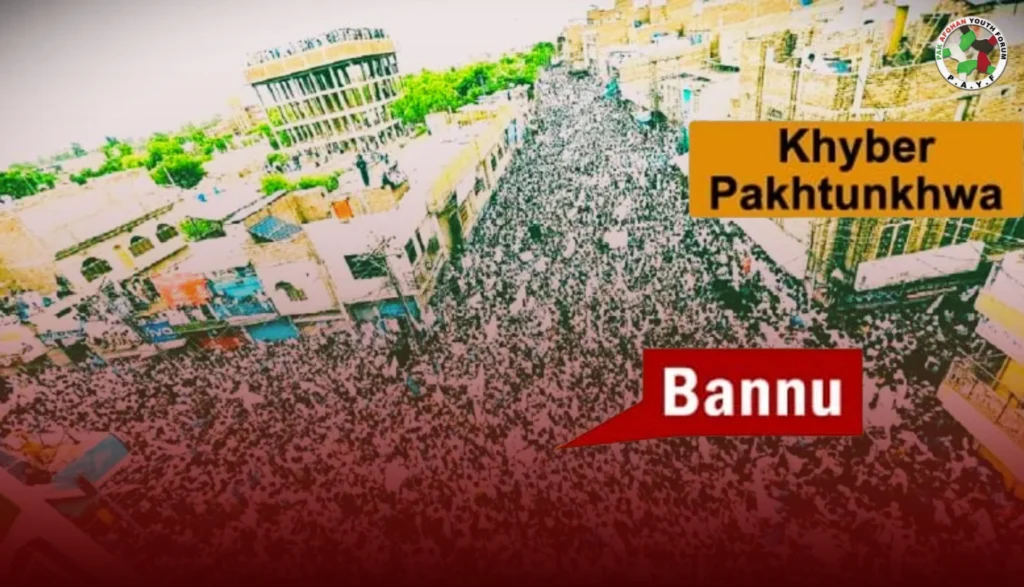On August 14, 2024, Pakistan and Afghanistan both mark their independence days. Pakistan celebrates the birth of a nation forged from the struggle for a distinct Muslim identity. Afghanistan commemorates the 24th of Asad, the day the United States withdrew its forces. This occasion offers a profound opportunity to reflect on the significance of the Two-Nation Theory.
This theory was not merely a political construct or a reaction to colonial rule. It was the culmination of a vision that had been taking shape for centuries. This vision was deeply embedded in the identity and spiritual consciousness of the Muslims of the Indian subcontinent.
Two-Nation Theory: The Foundations
Contrary to the common association of this theory with Sir Syed Ahmed Khan, its roots extend far beyond the early 19th century.
Shah Waliullah (1703-1762) was one of the earliest architects of this vision. Shah Waliullah, a profound Islamic scholar, recognized the need for Muslims to revive their spiritual and political strength amid declining Mughal power. He worked to unify the Muslim rulers of India and called for social and religious reform. His efforts laid the intellectual groundwork for the later emergence of the Two-Nation Theory. Shah Waliullah’s work emphasized that Muslims were not just a religious community but a distinct nation with their own values and destiny.
The struggles of Syed Ahmed Shaheed (1786-1831) and Titu Mir (1782-1831) further solidified this vision. Syed Ahmed Shaheed believed that Muslims needed to reclaim their political autonomy to preserve their identity. This belief drove his jihad against the Sikh Empire in Punjab. Similarly, Titu Mir’s resistance against British colonial forces in Bengal was not merely a fight for territorial control. It was a battle to protect the Muslim way of life. Though these movements were ultimately unsuccessful in achieving their immediate objectives, they played a crucial role in nurturing the idea that Muslims constituted a separate nation with a unique cultural and spiritual identity.
Iqbal’s Vision: A Pragmatic Approach to Muslim Sovereignty
This vision found its clearest expression in the early 20th century with the formal articulation of the Two-Nation Theory. Figures such as Allama Muhammad Iqbal (1877-1938) championed this theory. Iqbal, revered not only in Pakistan but across the Muslim world, including in Afghanistan and Iran, envisioned a sovereign state. He wanted a state where Muslims could freely practice their religion and culture. His vision was not of a theocratic state or a universal Caliphate. Instead, it was a pragmatic approach advocating for a federation of Muslim-majority states, acknowledging the political realities of his time. His call for a separate Muslim state in the Indian subcontinent aimed to create a “cognizable center” for Muslims. He envisioned a space where they could develop politically, economically, and spiritually.
Iqbal warned Muslims about the dangers of adopting the Western concept of “Nation States.” He saw it as a divisive force that fragmented the unity of the Muslim Ummah. He argued that Muslims should unite without the constraints of national borders. Their love for their nations should be guided by the teachings and limits imposed by Islam. Emphasizing the concept of Islamic Brotherhood, Iqbal lamented in Jawab-e-Shikwa:
“The Prophet of all Muslims is the same, Deen is the same, Iman is the same, Kaaba is the same, Allah is the same, Qur’an is the same, is it difficult for the Muslims to be united? There is Firkabandi, different groups and tribes and nations. Is this the way for the Muslims to progress and become powerful?”
In this context, the Khilafat Movement and the Hijrat Movement of 1920 were direct manifestations of this theory.
The Hijrat Movement: A Quest for a Muslim Homeland
The Hijrat Movement saw thousands of Indian Muslims migrate to Afghanistan. This migration was a show of solidarity and religious duty. It demonstrated the deep belief that Muslims needed a homeland where they could live according to their faith.
In 1920, a wave of Islamic fervor swept through the Indian subcontinent. This response came particularly in reaction to the Ottoman Empire’s decline and the threat to the Caliphate. Prominent Muslim leaders, including Maulana Abdul Bari Farangi, Maulana Abul Kalam Azad, Moulana Muhammad Ali, and Moulana Abdul Majeed Sindhi, led the Hijrat Movement. They issued a Fatwa urging Muslims to emigrate from British India, which they considered Darul Harb (a land of war). They advised migration to Darul Islam (a land of peace). Under Amir Aman Ullah Khan, Afghanistan became the destination for thousands of Indian Muslims who saw migrating to a Muslim land as their religious duty.
Migration to Afghanistan
The movement was marked by immense enthusiasm and sacrifice. Thousands of Muslims, particularly from Punjab, Sindh, and the Frontier provinces, sold their properties and journeyed to Afghanistan. They sought a welcoming Muslim brotherhood. However, this promise soon turned into a harsh reality. The local population grew resentful, and the Afghan government struggled to support the influx of migrants. Although the movement ultimately failed in its practical aims, it powerfully expressed the challenges Muslims faced in finding a sanctuary that understood and supported their vision. This desire was later formalized in the Two-Nation Theory.
Hence, the notion that the Two-Nation Theory was confined to the borders of what is now Pakistan is a misunderstanding of its essence. This theory was always broader, encompassing the entire Muslim identity of the Indian subcontinent. It was not just a political maneuver but a vision deeply rooted in the historical experiences and struggles of Muslims, who sought to carve out a space where their cultural and religious identity could flourish.
Legacy and Challenges: The Two-Nation Theory in Contemporary Context
The contemporary support of the Afghan Interim Government for groups like the Tehrik-i-Taliban Pakistan (TTP) stands in stark contradiction to the broader vision that has historically united Muslims. The TTP, declared a Khawarij threat, actively undermines Pakistan’s stability. This support contrasts sharply with the historical vision that sought unity among Muslims across the region and globally.
Additionally, this support for entities like the TTP echoes past failures. It is reminiscent of the Hijrat Movement, where Afghanistan’s lack of genuine understanding and assistance led to the suffering and disillusionment of thousands of Indian Muslims seeking refuge.
In fact, the Two-Nation Theory challenged the idea of Pan-Islamism. It emphasized the need for distinct Muslim nation-states. These states would preserve Islamic principles within a cultural context unique to each nation.
Historically, Pakistan has stood by Afghanistan in times of crisis. During the Soviet invasion and the U.S. invasion, Pakistan provided sanctuary to millions of Afghan refugees. Pakistan supported the Afghan resistance and faced devastating consequences, including the spread of militancy and economic hardship within its own borders. Despite these sacrifices, Pakistan has remained committed to supporting Afghanistan in its pursuit of sovereignty and stability.
Shared Heroes and Common Villains
The idea of common heroes and villains is crucial for understanding the shared history and future of Pakistan and Afghanistan. Figures like Shah Waliullah, Syed Ahmed Shaheed, and Titu Mir are not just heroes of one nation. They belong to the collective memory and struggle of Muslims across the region. Their efforts were driven by a vision that transcended borders. This vision recognized the importance of uniting Muslims against common adversaries, whether they were colonial powers, foreign invaders, or forces that threatened Islamic values.
Furthermore, the contributions of Jamaluddin Afghani (1838-1897) highlight the interconnectedness of Muslim struggles across different regions. A philosopher and political activist, Afghani believed in the unity of the Muslim world against colonial powers. His ideas played a crucial role in shaping the thought processes of many Muslim leaders and intellectuals, including those in the Indian subcontinent. By promoting Muslim unity and the need to preserve Islamic identity in the face of Western domination, Afghani’s work contributed to the development of ideas that would later crystallize in the Two-Nation Theory. His recognition of the importance of distinct national identities within the broader Muslim Ummah resonated strongly. This vision significantly influenced the ideas that led to the formation of Pakistan.
In contrast, the common villains of this shared history—those who sought to divide and weaken the Muslim identity, such as the colonialists and their local collaborators—are as relevant today as they were in the past.
The Contemporary Relevance of the Two-Nation Theory
As we commemorate August 14, 2024, we reflect on the Two-Nation Theory. This theory invites us to reconsider its implications in the contemporary context. It was deeply rooted in the distinct religious and cultural identities of Muslims. More than a political construct, it was an aspiration for a sovereign space where Islamic values could thrive.
Today, the concept of the Islamic Emirate under the Afghan Interim Government presents a paradox. This model, deeply rooted in a blend of territorial nationalism and Pan-Islamism, focuses on a singular Islamic identity and governance which contrasts with the more nuanced and federative vision articulated by Allama Muhammad Iqbal. Iqbal’s idea was to formulate a federation of Muslim-majority states that would respect distinct cultural and political identities while promoting cooperation among them.
The True Essence of Two-Nation Theory
Hence, the Two-Nation Theory was not just about creating a separate nation. It aimed to establish a framework where Muslims could flourish within their own socio-political context. It emphasized a pragmatic and federative approach, allowing for diverse Muslim identities within a cohesive structure. This vision sought to balance unity with diversity, unlike the current Afghan model, which leans heavily towards a centralized Islamic identity.
As we reflect on the significance of 14th August, one must ask: How can contemporary Muslim states reconcile the divergent paths of territorial nationalism and Pan-Islamism? Can the vision of a federated Muslim identity, as envisioned by Iqbal, offer a more harmonious model for unity? And how can we align current policies and international relations with the deeper, historically-rooted aspirations of the Two-Nation Theory to foster a more inclusive and cooperative future? Ultimately, the answers to these questions will shape the trajectory of the Ummah and the nature of cooperation in an ever-evolving geopolitical landscape.
However, the Two-Nation Theory remains a relevant and guiding principle, not just for Pakistan, but for the broader Muslim world, as it passes through the challenges of the 21st century.



